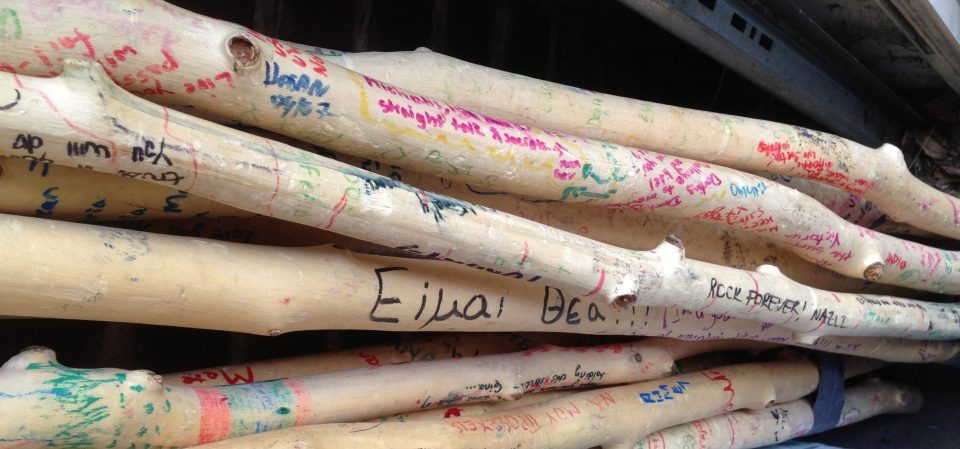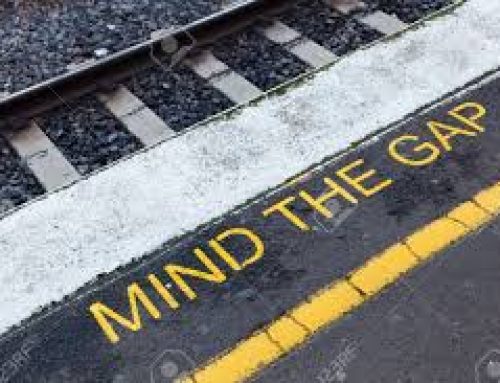
Brady Rhodes
Co-Director, BoldLeaders
Understanding Alignment
For the last 15 years I have been able to chew on, think through, play with and take apart some concepts and conversations that I find really valuable. The best part has been that I have done this in tandem with thousands of people from around the world, diverse in every way you can imagine. One such concept has been the difference between Agreement and Alignment.
Think through this with me: it is easy to Agree or Disagree with something. We simply do it and our position is NOT dependent or tied to another person’s position. It is happening all over the world today: silos getting built, either-or’s staked to the ground, the seemingly black or white choices set to anchor. There may be and often are lots of others who are agreeing or disagreeing with us – most of the time it is why do it to begin with – but ultimately it doesn’t matter if they are there or not. When it comes to our agreement or disagreement, we can do that all on our own.
Contrast that with the idea of Alignment, which when we look at the definition includes positioning something relative to something else. When a mechanic aligns the wheel of a car, he/she always does it in relation to the position of the other wheels. When working for alignment with another person or idea, I must hold my perspective up and adjust its position relative to the perspective of others, who are doing the same thing from their viewpoint. We all need to squint and adjust and take out some other tools (such as observation, listening, participation, questioning, voice) to tap and shift and line up the angles so that our perspectives – which may still be different – are in alignment. Can I disagree with another’s perspective yet still align myself with them in a direction that we both believe is needed? You bet! My aligning with another – whether flavored by disagreement or not – now allows for the possibility of coherent movement together towards some other thing. It is this OTHER THING which is the whole point of the alignment: to jointly move towards, with the possibility of arriving at, some perspective or outcome that was not visible to us before. This OTHER THING could actually have only been created by our mutual aligning.
The Agree/Disagree way of being could never have gotten us there. To keep with the analogy, an Agree/Disagree tire (perspective) can be positioned any way it wants because it does not need to reference its location against anything else. Tighten the lug nuts and off we go, for better or worse! When I agree or disagree, there is no need to reference my position or perspective to anything or anyone else; “I agree!” or “I disagree” is enough! Listening, considering, questioning, noticing – none of this is required in this world. Simply saying ‘yes’ or ‘no’ gets you to a location or a direction to set your wheel.
Another term to consider when aiming for alignment is Paradoxical Curiosity – being able to jointly hold two disparate truths in existence long enough to uncover a third thing that was not in existence before. That can only happen if I hold my ‘wheel’ up against your ‘wheel’ and adjust each until they drive straight in tandem with each other at the same time. Then together we can journey down a road that may lead us to a place we would not have gotten to on our own.
In BoldLeaders we ask people to look at where they are spending a lot of time and energy agreeing or disagreeing. We also ask them to consider what a conversation for alignment with the ‘other’ would look like, and what the potential value might be. We do this against a backdrop of connected ideas and methodologies that help cause Bold Leaders, which we say is someone who chooses to move beyond the limited parameters of what is commonly accepted in order to cause valuable perspectives to arise that were not apparent before.
Are you interested in being a Bold Leader? Try out the Mind-the-Gap Master Class! This is an on-demand, virtual class you can do at your own pace that takes key elements of our Framework and gives them to you through a series of engaging video presentations and visuals.


